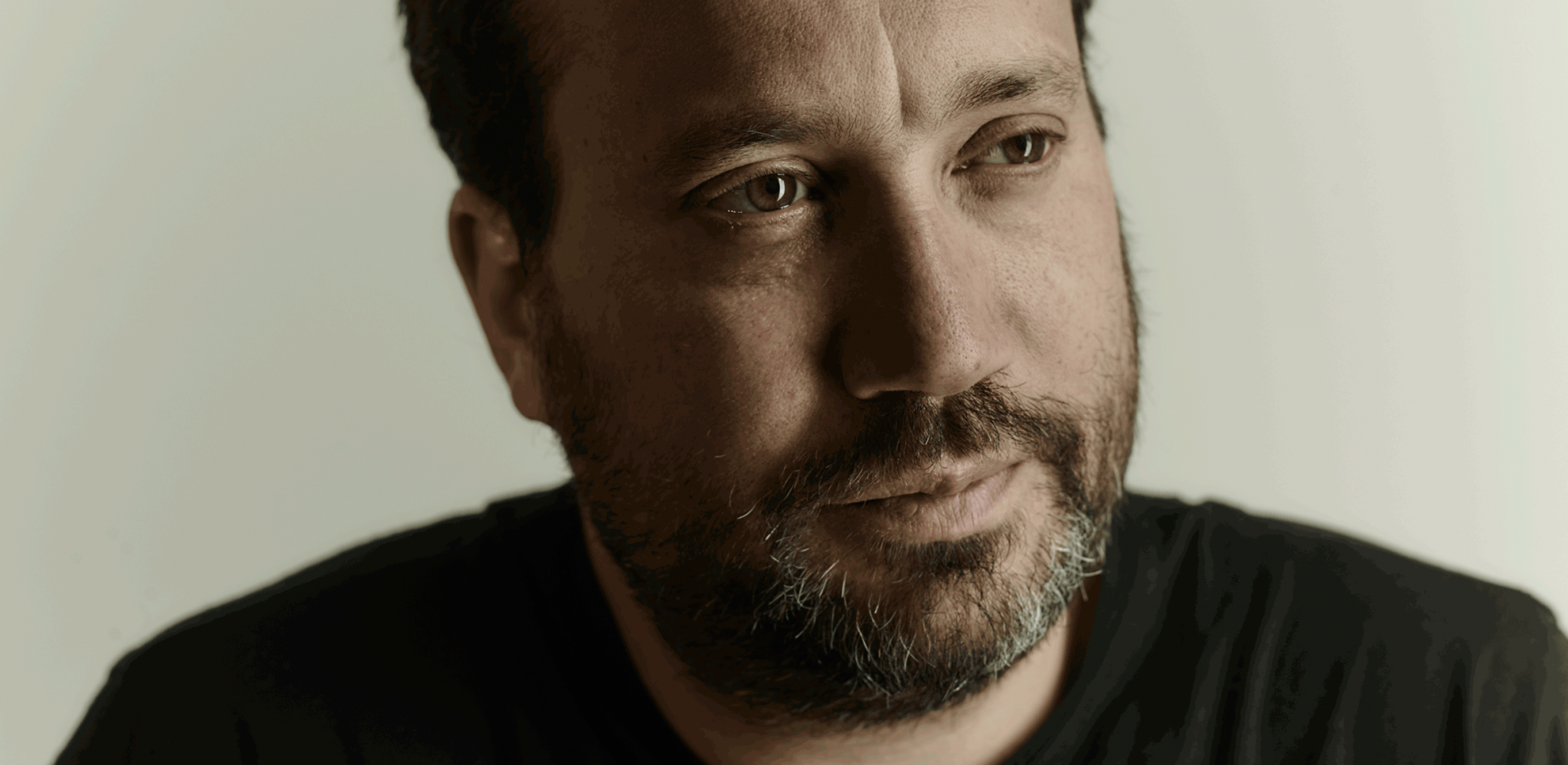Forensics is, according to Weizman, ‘one of the fundamental arts of the state, the privilege of its agencies: the police, the secret services, or the military’. It is a neat bit of subversion, then, that it is also the weapon wielded by Forensic Architecture – Weizman’s collective of researchers, architects and journalists – against those same bodies. The collective’s exhibition schedule this year included the Whitney Biennial and the Chicago Architecture Biennial: in New York, Weizman’s team investigated the use of teargas manufactured by Safariland, the CEO of which was, not coincidentally, vice chairman of the Whitney’s board (he has since stepped down). At the architecture biennial, the collective presented a work piecing together the events leading up to the death of Harith Augustus, killed by Chicago police in 2018. For a show at Ujazdowski Castle in Warsaw in March, the group unveiled its newest division: the Centre for Contemporary Nature, conducting investigations into environmental crimes in Palestine and Colombia.
Advertisement
Power 100
Most influential people in 2019 in the contemporary artworld
18

Eyal Weizman
Architect - Groundbreaking architect testing new modes of art and activism
18 in 2019
- 201918
- 20189
- 201794
- 2016
- 2015
- 2014
- 2013
- 2012
- 2011
- 2010
- 2009
- 2008
- 2007

Advertisement